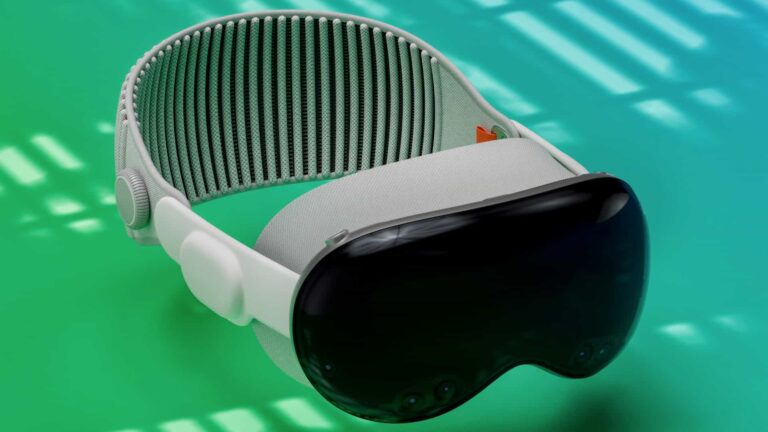
Just after the Mac’s 40th anniversary last February, Apple Vision Pro (AVP) launched. Both devices were/are first steps in a long journey. And both were/are prohibitively expensive – the original Mac weighing in even heavier in today’s inflation-adjusted dollars.
AVP’s price tag has been its biggest sticking point. But it’s the wrong thing to focus on. AVP is Apple’s way of planting a flag for a first-generation device, and to demonstrate what’s possible at any cost. Future generations will get cheaper and lighter – a typical Apple product lifecycle.
V1 can also be seen as a dev kit. Buyers will be fanboys, wealthy early adopters, and developers (‘Pro’ is in the title, after all). The latter will view it as an early-mover advantage in starting to build muscles for spatial app development – a potentially valuable skill if all goes well.
So on those levels, what is Vision Pro? Where will it go next? And how does it fit into Apple’s future-proofing plan? This is the topic of a recent ARtillery Intelligence report. As such, it joins our weekly report excerpt series, with this installation focusing on Vision Pro sales estimates.
By the Numbers
In the last installment of this series, we did one of our periodic “follow the money” exercises to triangulate Apple’s motivations for investing in Vision Pro. The TLDR version is that Vision Pro feeds into a few key diversification moves for Apple, such as wearables & entertainment.
Now we switch gears to a different kind of “follow the money”: sales projections. If Vision Pro is to fulfill the role that many XR advocates have assigned to it – to bestow Apple’s classic “halo effect” on spatial computing – it will have to reach a critical mass of market penetration.
Projections like these are always difficult, especially for the ultra-secretive Apple. But we’ve made estimates based on signals we ingest in our market-sizing endeavors. In our headworn AR forecast for example, we did this for AVP and its competitors in the AR glasses sector.
Diving into the numbers, Vision Pro will sell an estimated 224,000 units this year, growing to 320,000 by 2028. This correlates to revenue of $778 million, growing to $1.02 billion by 2028. These figures are relatively minor in Apple hardware terms, but major in AR hardware terms.
Watching for Clues
Sticking with that last point, though Vision Pro sales have been fewer than many had expected (more on that in a bit), they’re still enough to inflect the headworn AR market because it’s so small to begin with. For example, aggregate unit sales last year were estimated to be 460,000 units.
As for how Vision Pro’s 224,000 estimate stacks up to other projections, it’s admittedly on the low-end, as others have pegged 2024 Vision Pro sales closer to 420,000 units – almost a 2x difference. The correct sales figure is only known by a handful of execs inside the walls of Apple.
Regardless of what the figure is, there seems to be consensus that it’s lower than expected. There’s been much handwringing over this lately. A report in The Information suggests that Apple is scaling back Vision Pro production as existing output is enough to meet 2024 demand.
Though the Information’s reporting is likely honest and proficient, the notion of a Vision Pro scaleback has been amplified and blown out of proportion in the generalist tech press. We’ll keep watching for clues and, like a lot of things, the right answer is likely somewhere in the middle.

